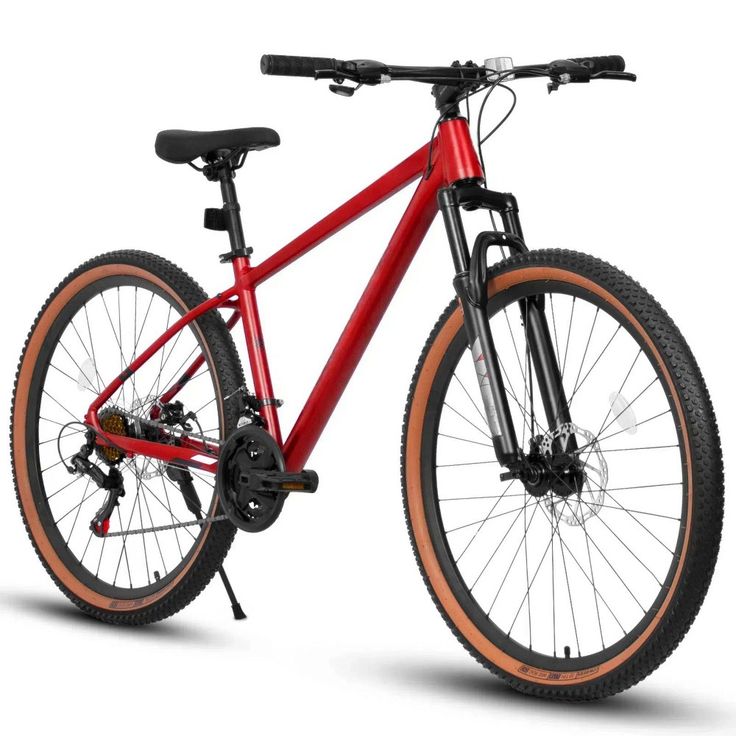Introduction: The Importance of Choosing the Right Bike Size
Selecting the right bike size is crucial for any cyclist, whether you’re a casual rider or a seasoned enthusiast. A properly sized bike can significantly enhance your comfort, performance, and overall enjoyment on the road or trail. This article focuses on the bike size chart specifically for mountain and road bikes, highlighting their differences and how these factors influence your riding experience.
Understanding the sizing differences is particularly important given the unique geometries and designs of mountain bikes and road bikes. Each type serves different purposes and riding styles, and the fit can directly impact your ability to handle varied terrains, maintain comfort during long rides, and achieve optimal efficiency while cycling. By the end of this article, you’ll have a clearer understanding of how to choose the right bike size according to the respective sizing charts.
Why Bike Sizing Matters
Comfort and Performance
Choosing the correct bike size affects your comfort and efficiency immensely.
- Reduced Fatigue: A well-fitted bike reduces strain on your back, neck, and knees. Riding a bike that’s too large or too small may lead to pain and fatigue, discouraging you from spending time riding. This discomfort can significantly decrease your cycling enjoyment and interest in the sport.
- Improved Power Transfer: When your bike fits correctly, you can pedal more effectively, transferring your energy directly into the bike. Proper sizing allows you to engage your muscles optimally, enhancing your overall performance and speed especially when scaling hills or sprinting on flat terrain.
- Greater Control: The right size allows for better balance and control, particularly when navigating sharp turns or rough terrain. Whether you’re on a mountain trail or on smooth pavement, comfort contributes to effective handling. A correctly sized bike fosters confidence, enabling you to maneuver your bike with precision.
The Relevance of Bike Types
Mountain and road bikes are designed with different purposes in mind, leading to varying sizing measures.
- Mountain Bikes: Built to tackle rugged terrains, mountain bikes tend to have a more upright riding position and a relaxed geometry. This design influences sizing, as riders need to feel stable while negotiating obstacles. The frame geometry also helps in absorbing shocks from bumps, making it comfortable for off-road rides.
- Road Bikes: Road bikes, by contrast, are designed for speed on smooth surfaces. Their geometry often requires a more aggressive riding posture, impacting how size translates into ride quality. Road bikes typically have longer top tubes and smaller frames, allowing for aerodynamics that control wind resistance during high-speed rides.
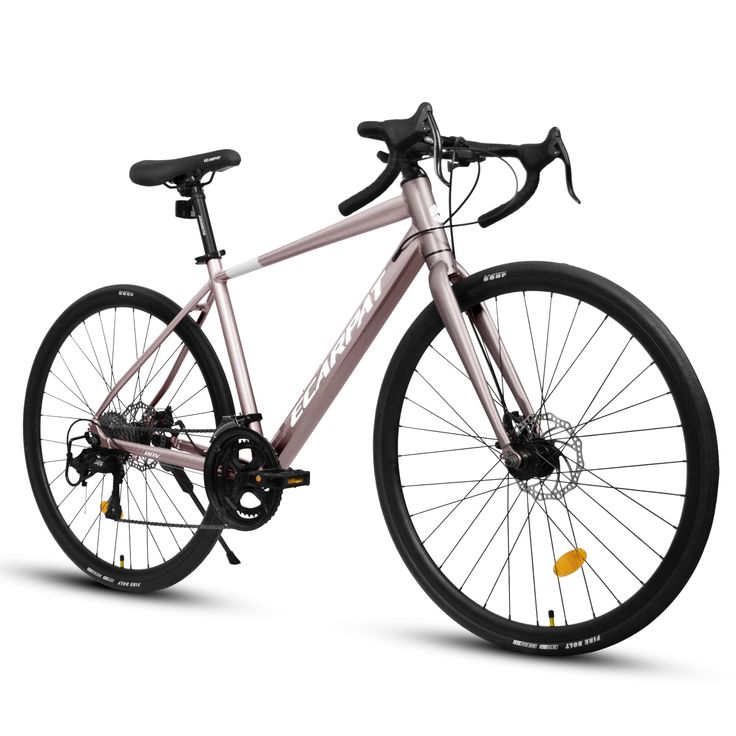
How to Use the Bike Size Chart
Measuring Yourself for the Right Fit
Before diving into mountain and road bike sizes, it’s important to know how to accurately measure yourself.
- Height: Stand straight against a wall and mark the highest point of your head. This measurement helps determine general frame size. Height is a primary factor that will influence your bike size selection.
- Inseam: Measure from your crotch to the floor. This measurement is particularly important for mountain bikes since riders need enough leg extension to handle varied terrains. Additionally, it plays a significant role in finding the ideal saddle height for your comfort.
- Arm Length: Extend one arm horizontally and measure from your fingertips to your shoulder. This measurement aids in proper handlebar height adjustments, especially for road bikes where reach is critical for maintaining proper riding position.
Sizing Chart for Mountain Bikes
Mountain bike sizing is usually given in inches, representing the frame size. Here’s a general bike size chart for mountain bikes:
- Small (15-16 inches): Suitable for riders who are 5’1″ to 5’5″
- Medium (17-18 inches): Designed for riders who are 5’5″ to 5’9″
- Large (19-20 inches): For riders who are 5’9″ to 6’1″
- Extra Large (21+ inches): Best for riders above 6’1″
This sizing chart should serve as a foundation, but individual fitting can further refine the selection to ensure comfort and efficiency.
Sizing Chart for Road Bikes
Road bikes typically use centimeters for sizing. Here’s a general size chart:
- Small (44-46 cm): Good for riders who are 5’1″ to 5’5″
- Medium (47-49 cm): Suited for riders who are 5’5″ to 5’9″
- Large (50-52 cm): Ideal for riders who are 5’9″ to 6’1″
- Extra Large (53-55 cm): Best for riders above 6’1″
Measurement units can differ between manufacturers, so always refer to size charts for specific brands.
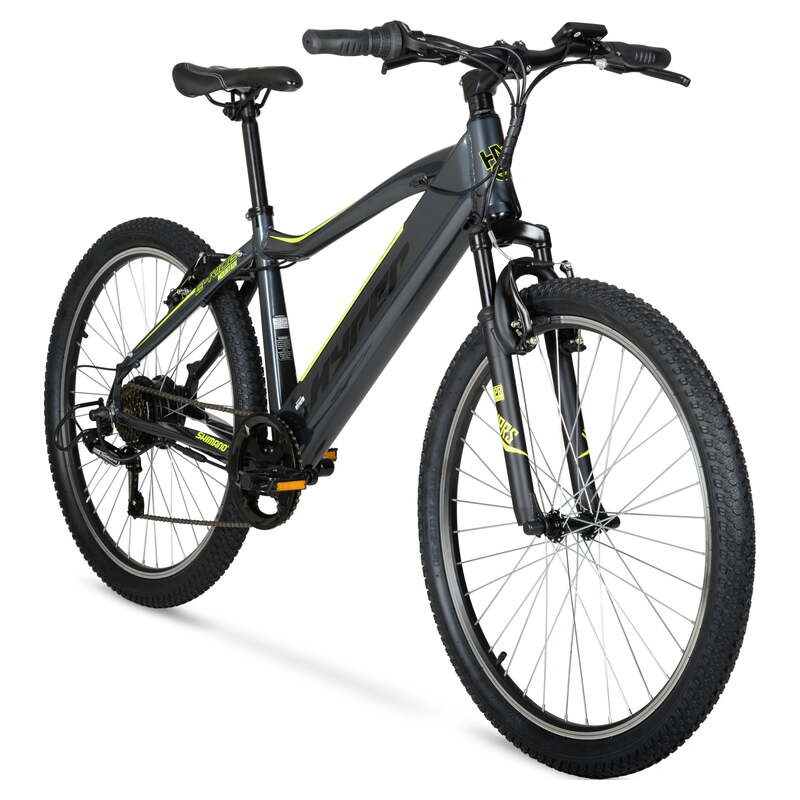
Characteristics of Mountain Bikes: Key Sizing Features
Frame Geometry
The design of the frame is vital in determining comfort and control in mountain biking.
- Top Tube Length: The distance from the seat to the handlebars plays a role in how comfortably you can reach the controls. You should have a slight bend in your elbow when reaching for the handlebars to allow for effective handling without straining.
- Seat Height Adjustments: The appropriate seat height allows for efficient pedaling and full leg extension. When standing over the bike, ensure there’s at least 1-2 inches of clearance, which is especially important for quick dismounts when tackling difficult trails.
- Standover Height: For mountain bikes, the standover height is essential for safely dismounting and mounting the bike, particularly in technical riding scenarios that require agility.
- Suspension Considerations: If your mountain bike features suspension, remember that the riding position can be different on a bike with a front suspension versus a full-suspension bike. This can affect how you fit and the comfort you will experience.
Test Riding
It’s always recommended to test ride a mountain bike for fit.
- Handling and Comfort: Pay close attention to how it feels during the ride. You should be able to reach both the handlebars and pedals comfortably without overstretching, preventing potential discomfort.
- Assessment on Trails: If possible, take it out on a trail similar to where you plan to ride regularly. This helps you understand how the bike performs under realistic conditions, ensuring it meets your riding style and needs.
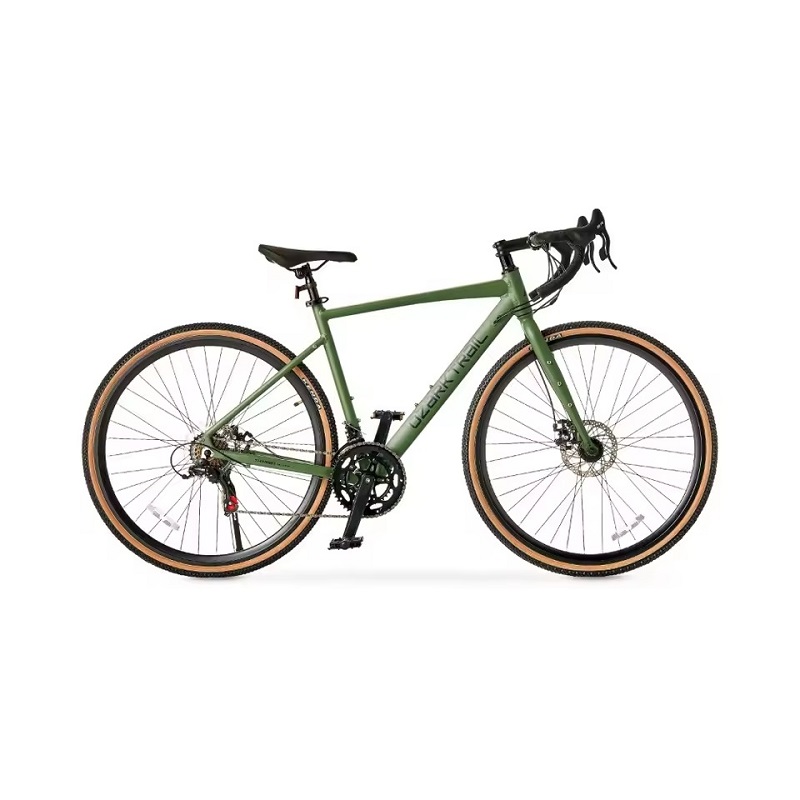
Road Bikes: Understanding the Fit
Frame Design
Road bikes have a different frame geometry emphasizing aerodynamics and speed.
- Longer Top Tube: A longer top tube often means a more aggressive riding position conducive to speed. However, this might feel slightly uncomfortable for new riders. It is key to strike a balance between aerodynamics and ease of use.
- Saddle and Handlebar Height: Proper adjustment of saddle and handlebars is critical for maintaining an efficient riding posture. Many road bikes allow adjustments here to enhance comfort during long rides.
- Reach: The reach is the distance from the saddle to the handlebars. Ensure you can maintain a flat back and an aligned neck while riding to maximize your power and endurance.
- Handlebar Width: The width of the handlebars also plays a role in comfort and control. Wider handlebars give more control on rough terrains while narrower handlebars help reduce drag in road biking.
Importance of Aerodynamics
- Tucked Position: Road bikers often adopt a more tucked position to reduce wind resistance, thereby increasing speed. This position requires precise fitting based on individual height and body composition, making sizing selections quite personal.
- Fit Adjustments: Be open to experimenting with different saddle positions and handlebar heights until you find the ideal adjustments that allow for both comfort and aerodynamic efficiency.
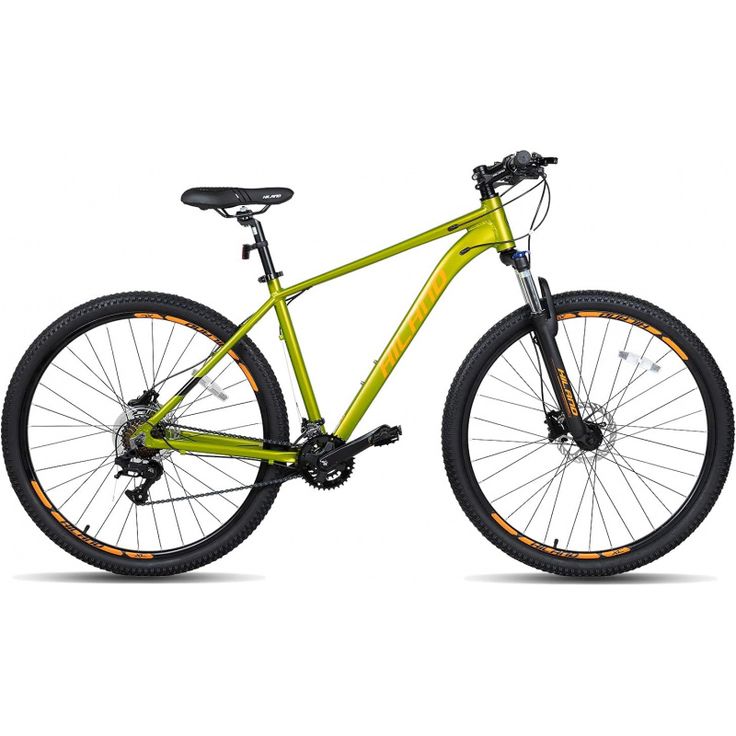
Additional Considerations in Bike Sizing
Gender-Specific Bikes
- Women’s Specific Design: Many brands offer women’s-specific bikes designed with anatomical differences in mind. Women typically have a shorter torso relative to their leg length, which leads to adjustments like shorter reaches and narrower saddles for enhanced comfort.
- Unisex Options: Some manufacturers provide unisex bikes allowing for various adjustments, catering to a broader range of riders regardless of gender. This inclusivity in design ensures that everyone can find a bike that fits them properly.
Custom Fitting Services
- Professional Bike Fitting: If you’re serious about cycling, consider a professional fitting. A trained fitter can assess your riding style and body dimensions to create a bike setup that optimizes comfort and performance.
- Adjustment Recommendations: Remember that small adjustments to saddle height, angle, and handlebar position can produce significant effects on comfort levels. Think of adjustments as an ongoing process, allowing you to enhance your fit as your riding style evolves.
- Long-Term Comfort: Pay attention to any discomfort or pain during rides, as these could indicate sizing issues. A well-fitted bike promotes long-term comfort and enjoyment, allowing you to ride longer distances with greater ease.
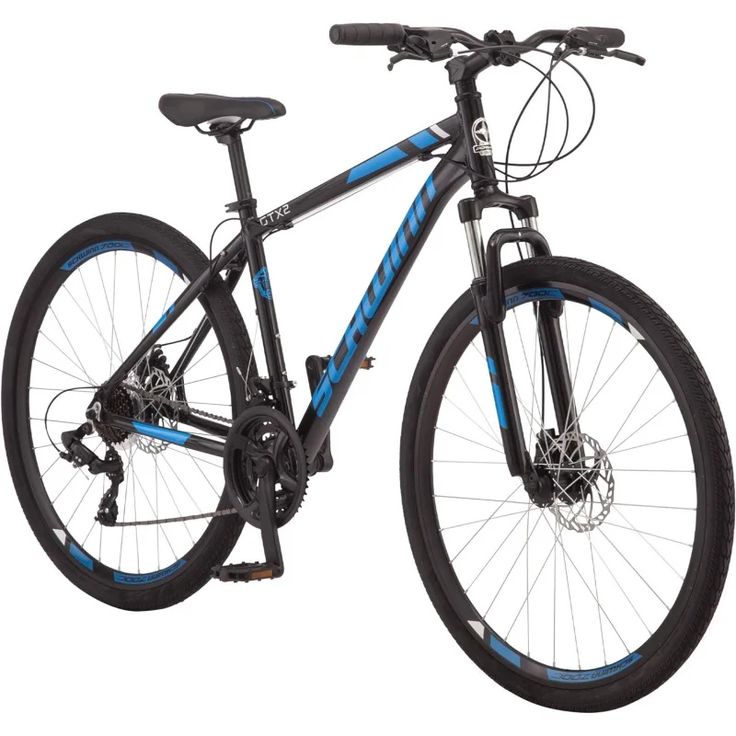
Conclusion: Making the Right Choice
In conclusion, understanding the bike size chart and the differences between mountain and road bikes is crucial for every cyclist, from beginners to advanced riders. The right bike size improves comfort, control, and performance, thus allowing you to enjoy your cycling experience to the fullest.
By measuring your height, inseam, and arm length, you can use the provided sizing charts to identify the best fit for your needs. Remember that factors such as frame geometry, reach, and personal preferences significantly influence the right size.
Before making your final decision, always test ride multiple models to see which bike feels right. Whether you decide on a mountain bike for tackling tough trails or a road bike for speed and agility, ensuring you have the right fit will make your time on the bike enjoyable and rewarding.
With the proper understanding of bike sizing, you are now prepared to hit the trails or roads with confidence. Choose wisely, ride comfortably, and make the most out of every pedal stroke!
